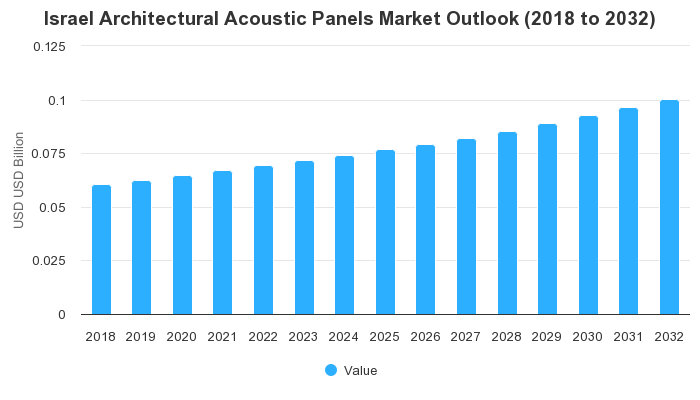The Karate Belt System is a ranking structure used in martial arts like karate to signify a student's progress and skill level. It typically follows a progression of colored belts, from beginner to advanced ranks, with each color holding symbolic meaning about the student's journey and understanding of the art.
Kyu Ranks (Beginner to Intermediate):
White Belt (Shiro Obi): Represents a blank slate, purity, and the beginning of the journey in karate.
Yellow Belt (Ki Obi): Symbolizes the first rays of sunlight, indicating the acquisition of basic knowledge and the beginning of understanding fundamental techniques.
Orange Belt (Daidaiiro Obi): Represents further growth, development, and a deeper understanding of techniques.
Green Belt (Midori Obi): Symbolizes growth and harmony, reflecting the practitioner's development and blossoming in the practice of karate.
Blue Belt (Ao Obi): Represents the sky and serenity, symbolizing the expansion of knowledge and understanding, and the development of advanced skills.
Purple Belt (Murasaki Obi): Denotes an advanced level of skill and dedication, indicating technical mastery and the integration of karate philosophy.
Brown Belt (Chairo Obi): Represents maturity and consolidation, symbolizing the earth, solidity, and stability as the practitioner nears mastery.
Dan Ranks (Advanced):
Black Belt (Kuro Obi): The symbol of mastery and the culmination of a learning cycle, yet it also marks the beginning of a new journey of continuous teaching and refinement. Black belts have different degrees, known as Dan levels (e.g., Shodan for 1st Dan, Nidan for 2nd Dan).
Note: The specific order of colored belts and the meanings attached can vary slightly between different karate schools and styles, but the overall progression from white to black belt remains consistent.
Kyu Ranks (Beginner to Intermediate):
White Belt (Shiro Obi): Represents a blank slate, purity, and the beginning of the journey in karate.
Yellow Belt (Ki Obi): Symbolizes the first rays of sunlight, indicating the acquisition of basic knowledge and the beginning of understanding fundamental techniques.
Orange Belt (Daidaiiro Obi): Represents further growth, development, and a deeper understanding of techniques.
Green Belt (Midori Obi): Symbolizes growth and harmony, reflecting the practitioner's development and blossoming in the practice of karate.
Blue Belt (Ao Obi): Represents the sky and serenity, symbolizing the expansion of knowledge and understanding, and the development of advanced skills.
Purple Belt (Murasaki Obi): Denotes an advanced level of skill and dedication, indicating technical mastery and the integration of karate philosophy.
Brown Belt (Chairo Obi): Represents maturity and consolidation, symbolizing the earth, solidity, and stability as the practitioner nears mastery.
Dan Ranks (Advanced):
Black Belt (Kuro Obi): The symbol of mastery and the culmination of a learning cycle, yet it also marks the beginning of a new journey of continuous teaching and refinement. Black belts have different degrees, known as Dan levels (e.g., Shodan for 1st Dan, Nidan for 2nd Dan).
Note: The specific order of colored belts and the meanings attached can vary slightly between different karate schools and styles, but the overall progression from white to black belt remains consistent.
The Karate Belt System is a ranking structure used in martial arts like karate to signify a student's progress and skill level. It typically follows a progression of colored belts, from beginner to advanced ranks, with each color holding symbolic meaning about the student's journey and understanding of the art.
Kyu Ranks (Beginner to Intermediate):
White Belt (Shiro Obi): Represents a blank slate, purity, and the beginning of the journey in karate.
Yellow Belt (Ki Obi): Symbolizes the first rays of sunlight, indicating the acquisition of basic knowledge and the beginning of understanding fundamental techniques.
Orange Belt (Daidaiiro Obi): Represents further growth, development, and a deeper understanding of techniques.
Green Belt (Midori Obi): Symbolizes growth and harmony, reflecting the practitioner's development and blossoming in the practice of karate.
Blue Belt (Ao Obi): Represents the sky and serenity, symbolizing the expansion of knowledge and understanding, and the development of advanced skills.
Purple Belt (Murasaki Obi): Denotes an advanced level of skill and dedication, indicating technical mastery and the integration of karate philosophy.
Brown Belt (Chairo Obi): Represents maturity and consolidation, symbolizing the earth, solidity, and stability as the practitioner nears mastery.
Dan Ranks (Advanced):
Black Belt (Kuro Obi): The symbol of mastery and the culmination of a learning cycle, yet it also marks the beginning of a new journey of continuous teaching and refinement. Black belts have different degrees, known as Dan levels (e.g., Shodan for 1st Dan, Nidan for 2nd Dan).
Note: The specific order of colored belts and the meanings attached can vary slightly between different karate schools and styles, but the overall progression from white to black belt remains consistent.
0 Commenti
0 condivisioni
1K Views
0 Anteprima





